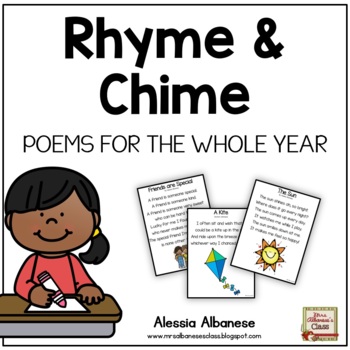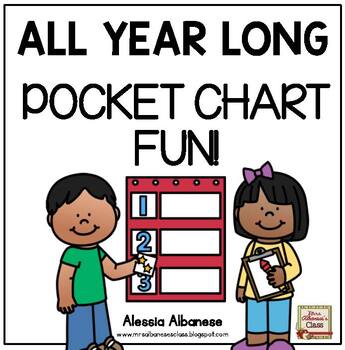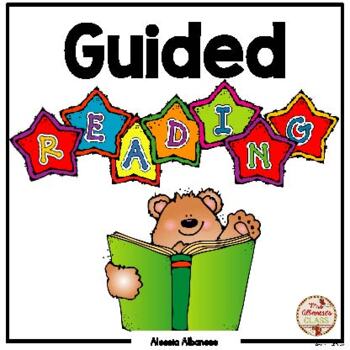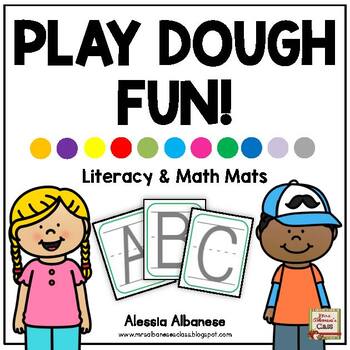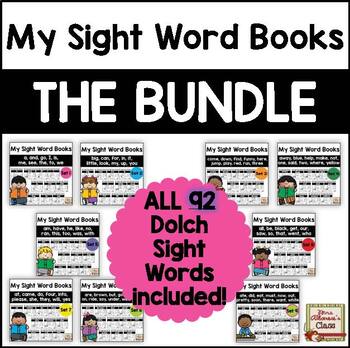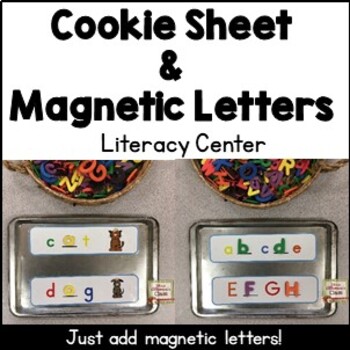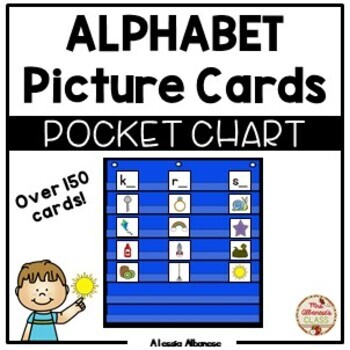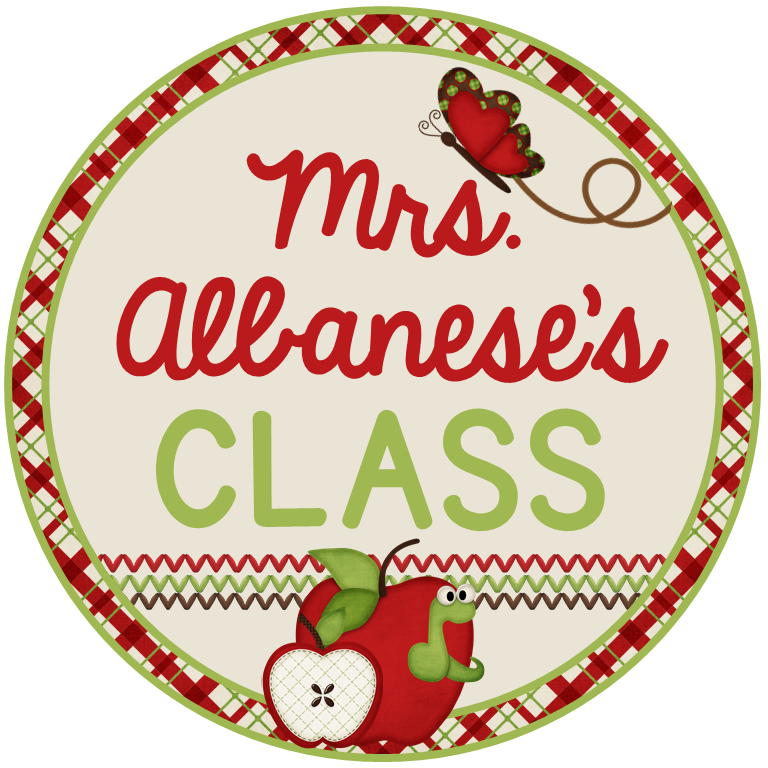For the past month, the students have been wondering about clouds and air.
How, might you ask, did this inquiry unfold?
It was our first week back from Winter Break when we were taking a close look to see if any of our seeds had sprouted more when we got onto the topic of living and non-living.
Mrs. Albanese: How do you know if something is living or not?
A.R.: It needs lots of things like water, sun, air, food.
L.G.: The plant is alive because it's food is soil and water.
After discussing further why we thought the seeds were living things even thought they weren't sprouting anything yet, one student wondered:
J.F.: We need air to breathe. But I wonder what is gravity? Doesn't it have to do with air?
As more students began wondering about air our discussion quickly turned to clouds.
E.M.: What are clouds made out of?
M.P.: Can you catch a cloud?
We created a large web using the questions that were formulated and dove into this inquiry.
The students were very interested in looking through the books on clouds and air and drawing their findings.

As we researched we learned that clouds are not all the same!
Here are the students painting and writing about the different kinds of clouds.
We studied an artist, John Constable, who was known for painting clouds back in the 19th Century.
His pictures inspired us to paint a few of our own!
Mrs. Albanese: What do you think clouds are made out of?
J.M.: They are made out of fluffy white cotton balls!
S.S.: No - they are made from the stuff that's inside pillows.
M.R.: I think they are made from stuffing.
We tried a "cloud in a bottle" experiment (idea taken from Bill Nye The Science Guy).
The students loved trying to "catch the cloud"!
We realized that clouds are not made from pillows, feathers or fluff but they are made out of tiny water and ice drops.
To learn more about gravity, we set out this provocation: "Which object falls down faster?" with a variety of objects ranging in weight, from a rock to a feather.
My colleague in the classroom next door found this really interesting idea on Pinterest and we wanted to try it out with the students. You can see how rain drops fall down fall clouds by using shaving cream on top of water and dripping blue food colouring in the bowl.
Before we added the food colouring we asked students to draw their predictions as to what would happen and how clouds release rain drops.
As more students began wondering about air our discussion quickly turned to clouds.
E.M.: What are clouds made out of?
M.P.: Can you catch a cloud?
We created a large web using the questions that were formulated and dove into this inquiry.
The students were very interested in looking through the books on clouds and air and drawing their findings.

As we researched we learned that clouds are not all the same!
Here are the students painting and writing about the different kinds of clouds.
We studied an artist, John Constable, who was known for painting clouds back in the 19th Century.
His pictures inspired us to paint a few of our own!
Mrs. Albanese: What do you think clouds are made out of?
J.M.: They are made out of fluffy white cotton balls!
S.S.: No - they are made from the stuff that's inside pillows.
M.R.: I think they are made from stuffing.
The students loved trying to "catch the cloud"!
We realized that clouds are not made from pillows, feathers or fluff but they are made out of tiny water and ice drops.
To learn more about gravity, we set out this provocation: "Which object falls down faster?" with a variety of objects ranging in weight, from a rock to a feather.
My colleague in the classroom next door found this really interesting idea on Pinterest and we wanted to try it out with the students. You can see how rain drops fall down fall clouds by using shaving cream on top of water and dripping blue food colouring in the bowl.
Before we added the food colouring we asked students to draw their predictions as to what would happen and how clouds release rain drops.
We added the food colouring!
(It actually took several attempts at making rain. When we came back the next day, nothing happened with the food colouring! So we tried it with less shaving cream.)
The students enjoyed mixing the shaving cream to get a "tornado" effect!
We thought our inquiry would head in many different directions (that's the beauty of an inquiry!) - a few children had discovered a section on hot air balloons and tornadoes in the weather books.
We will have to see if we will revisit those wonders and dig a little deeper!























